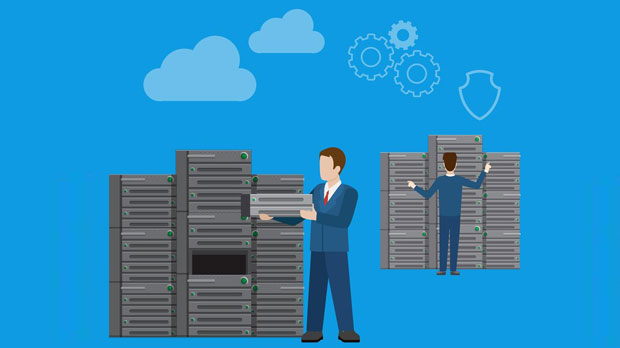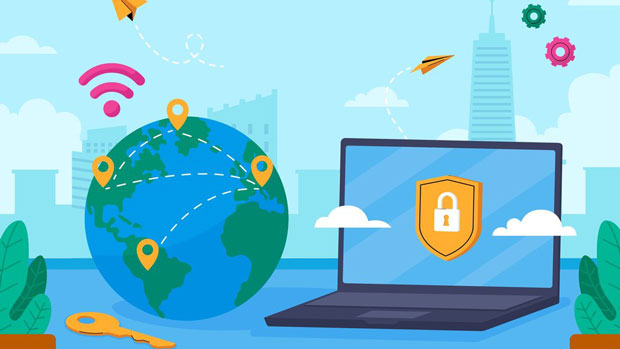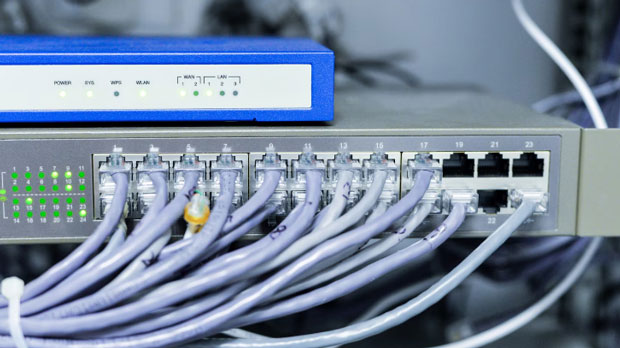When it comes to proxy servers, two popular options that stand out are PYPROXY and Squid Proxy. Both offer free and paid versions, each with varying features and functionalities. Many users wonder if the difference between these free and paid versions is significant enough to justify the switch. In this article, we will delve into the comparison of PyProxy vs Squid Proxy, highlighting the differences between the free and paid versions, their features, and which one offers the most value for users. We will explore each option's capabilities, the impact of paid plans on performance, and whether upgrading is worth the investment. Understanding PyProxy and Squid ProxyBefore diving into the specific differences between free and paid versions, it’s important to understand what PyProxy and Squid Proxy are, and what they offer. PyProxy is a relatively new proxy service that focuses on speed and simplicity. It aims to provide users with an easy-to-use proxy solution for secure browsing and bypassing restrictions. With PyProxy, users can access a variety of servers across different regions, ensuring they can keep their browsing activities anonymous.Squid Proxy, on the other hand, has been a staple in the proxy world for many years. It is a highly configurable proxy server that allows users to cache content, improve performance, and handle high traffic loads. Squid Proxy is an open-source software that is widely used by organizations to manage bandwidth, secure networks, and filter content.Both tools offer free and paid versions, but the question remains: how significant are the differences between these versions?Features of the Free VersionPyProxy Free Version The free version of PyProxy is designed to meet the basic needs of casual users. It offers limited access to a set of proxy servers, which may not always be reliable or fast. The free version does not offer advanced security features, such as encryption or protection from malware, which are typically found in the paid version. Users may also encounter bandwidth limitations, slower speeds, and occasional downtime. Despite these limitations, the free version is suitable for users who need basic proxy capabilities without spending any money.Squid Proxy Free Version The free version of Squid Proxy is a full-featured, open-source solution, offering a high degree of customization and configuration options. However, like PyProxy, it does not come with support for advanced security measures. Free users may face limited caching capabilities and less optimization in handling high traffic loads. While Squid Proxy's free version can serve as a reliable proxy solution for small-scale personal or organizational use, the lack of additional support and updates can pose challenges for more demanding environments.Advantages of the Paid VersionsPyProxy Paid Version The paid version of PyProxy unlocks many premium features, including access to high-speed servers and advanced security protocols like SSL encryption. These features help improve privacy and data protection. The paid plan also provides users with unlimited bandwidth, faster connection speeds, and priority server access during peak times. In addition, users benefit from customer support and more stable connections, which are essential for businesses and individuals who rely on proxies for secure browsing or web scraping.The paid version of PyProxy is perfect for users who need guaranteed reliability, such as businesses or individuals working with sensitive data. The inclusion of advanced security features makes it a preferable option for those in need of enhanced privacy or access to restricted content.Squid Proxy Paid Version Squid Proxy’s paid version offers a robust set of features, including better caching capabilities, access to commercial support, and updates that ensure the proxy server remains secure and optimized. Paid users also get access to high-performance features like traffic shaping, better access control, and advanced logging capabilities. For businesses, Squid’s paid version provides a higher level of customization and control over proxy operations.Furthermore, paid users can take advantage of Squid Proxy's integration with other enterprise-grade technologies. Whether you are handling high-traffic environments or dealing with large-scale network management, the paid version of Squid Proxy can offer significant performance improvements.Key Differences Between Free and Paid VersionsWhen comparing the free and paid versions of PyProxy and Squid Proxy, the key differences can be summarized as follows:1. Speed and Performance The free versions of both proxies have limited bandwidth and slower speeds, which can hinder users’ ability to stream or browse efficiently. The paid versions, on the other hand, provide faster connections and prioritize user traffic, especially during peak usage times.2. Security Features Free versions of both PyProxy and Squid Proxy do not come with advanced security features such as SSL encryption, which are necessary for securing sensitive data and protecting against cyber threats. Paid versions offer enhanced security protocols, making them ideal for users concerned about privacy and data protection.3. Server Access With the free version of PyProxy, users are often restricted to a set of basic servers, which may not always be reliable or fast. Paid users get access to a wider array of premium servers that are optimized for speed and reliability. Similarly, Squid Proxy’s paid version provides better server management and customization, which is crucial for businesses that require specific configurations.4. Customer Support Free users of PyProxy and Squid Proxy have limited or no access to customer support. If you encounter issues, you’ll likely need to rely on online communities or troubleshooting guides. On the other hand, the paid versions provide direct access to customer support, which can be invaluable for businesses and organizations that depend on continuous proxy access.5. Customization Squid Proxy’s paid version excels in customization, allowing businesses to tailor the proxy to their specific needs. Users can configure various aspects, including access control, filtering, and caching policies. PyProxy’s paid version is also customizable to some extent, but it doesn’t offer as much flexibility as Squid Proxy in terms of granular control.Which One Should You Choose?When deciding between PyProxy and Squid Proxy, and whether to opt for the free or paid version, it ultimately comes down to your needs. For casual users or small-scale operations If you’re an individual who only requires occasional proxy usage for browsing or bypassing geo-restrictions, the free version of PyProxy or Squid Proxy may suffice. However, be prepared for slower speeds and limited functionality.For businesses or high-demand users If you need reliable, fast, and secure proxy services for sensitive data handling, large-scale web scraping, or heavy traffic environments, the paid versions of both PyProxy and Squid Proxy are well worth the investment. They offer superior performance, additional features, and essential security measures that are crucial for business operations.While both PyProxy and Squid Proxy offer free versions suitable for casual users, the paid versions provide significant advantages in terms of speed, security, server access, and support. For anyone who values performance, security, and reliability, the paid versions are highly recommended, particularly for business use or demanding environments. However, if you’re a casual user who only needs a proxy for light browsing or access to restricted content, the free versions of PyProxy and Squid Proxy may meet your needs, though with some limitations.
Sep 04, 2025



































































